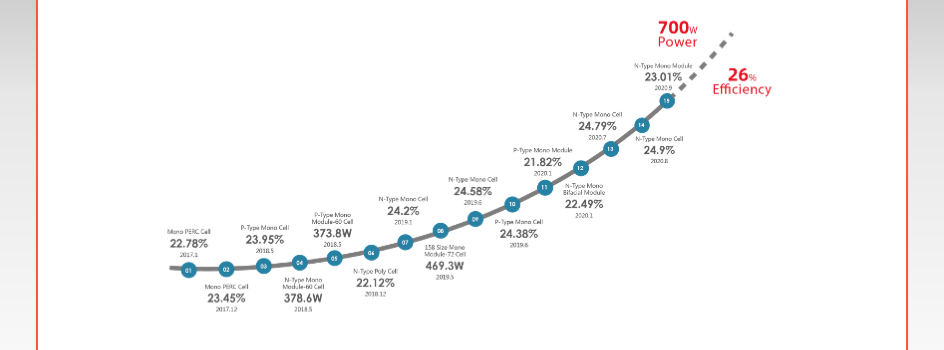
Maximizing Power: The Efficiency of Solar Panels
Solar panel efficiency is a critical factor in harnessing the full potential of solar energy. This article explores the importance of solar panel efficiency, how it is measured, and the innovations driving advancements in this key aspect of renewable energy.
Understanding Solar Panel Efficiency
Solar panel efficiency refers to the ability of a solar panel to convert sunlight into electricity. It is expressed as a percentage, representing the portion of sunlight that a solar panel can convert into usable electrical power. The higher the efficiency, the more electricity a solar panel can generate from a given amount of sunlight.
Measurement Metrics: What Determines Efficiency
Solar panel efficiency is determined by various factors, with the most crucial being the type of solar cell used. Traditional silicon-based solar cells, both monocrystalline and polycrystalline, dominate the market. Monocrystalline cells tend to have higher efficiency due to their uniform structure, while polycrystalline cells are slightly less efficient but more cost-effective.
Innovations in Solar Cell Technologies
Advancements in solar cell technologies are driving improvements in efficiency. Emerging technologies like perovskite solar cells and tandem solar cells are pushing the efficiency boundaries beyond traditional silicon cells. Perovskite cells, in particular, have shown the potential to achieve high efficiency levels while being cost-effective, opening new possibilities for the solar industry.
Tandem Solar Cells: Boosting Performance
Tandem solar cells combine multiple layers of solar cell materials with varying absorption properties. This stacking allows the solar cells to capture a broader spectrum of sunlight, increasing overall efficiency. Tandem cells, often combining silicon with other materials like perovskite, have demonstrated remarkable efficiency gains in recent research and development.
Thin-Film Solar Technologies
Thin-film solar technologies offer a different approach to solar panel design. These lightweight and flexible panels use thinner layers of semiconductor materials, making them more versatile in various applications. While traditional thin-film panels may have lower efficiency, ongoing research is focused on enhancing their performance to compete with silicon-based counterparts.
Bifacial Solar Panels: Capturing More Sunlight
Bifacial solar panels capture sunlight from both the front and rear sides, utilizing reflected sunlight from surrounding surfaces. This design enhances energy yield and overall efficiency. Bifacial panels are particularly effective in locations with reflective surfaces, such as snow-covered ground or near bodies of water.
Efficiency and Economic Considerations
While high-efficiency solar panels are attractive for maximizing electricity generation, economic considerations play a significant role in decision-making. The cost per watt of electricity produced is a key metric, and sometimes a slightly less efficient panel with a lower cost may be a more economical choice, especially for large-scale installations.
The Impact on Residential Solar Installations
In residential solar installations, the choice of solar panel efficiency can impact the overall system size and, consequently, the available roof space required. Higher efficiency panels may allow homeowners to generate more electricity in limited space, making them a preferred choice for residential applications where space is a constraint.
Environmental Benefits of High Efficiency
Beyond economic considerations, the environmental benefits of high-efficiency solar panels are noteworthy. More efficient panels can generate more electricity with the same amount of sunlight, reducing the need for additional panels and minimizing the environmental impact of manufacturing and disposal.
Exploring Further: Solar Panel Efficiency
For in-depth insights into the world of solar panel efficiency, innovations, and considerations, visit Solar Panel Efficiency. This resource provides valuable information to guide individuals, businesses, and policymakers in understanding the significance of efficiency in maximizing the potential of solar energy.
